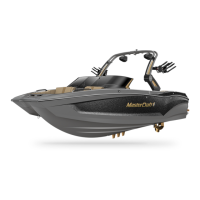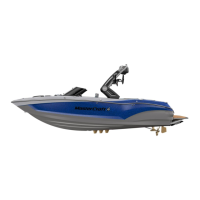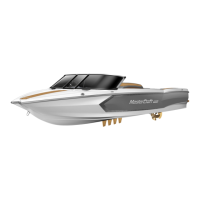EMERGENCY TREATMENT
FOR CO POISONING
CO poisoning or toxicity is a life-threatening emergency that
requires immediate action. The following is a list of things that
should be done if CO poisoning is suspected. Proceed with caution.
The victim may be in an area of CO concentration, which means you
or others could be in danger from exposure to CO:
• Evaluate the situation and ventilate the area if possible.
• Evacuate the area and move the aected person(s) to a fresh
air environment.
• Observe the victim(s).
• Administer oxygen, if available.
• Contact medical help. If the victim is not breathing, perform res-
cue breathing or approved cardiopulmonary resuscitation (CPR)
as appropriate until medical help arrives. Prompt action can mean
the dierence between life and death.
• Shut o potential sources of CO, if possible. Correct ventilation
problems and/or repair exhaust problems as appropriate. Investi-
gate the source of CO and take corrective action, such as evacu-
ating and ventilating the area or shutting o the source of the CO,
while at the same time evacuating and ventilating the area.
WHERE CO MAY ACCUMULATE
Carbon monoxide can accumulate anywhere in or around your boat.
This includes, but is not limited to:
• Inadequately ventilated canvas enclosures.
• Exhaust gas trapped in enclosed places.
• Blocked exhaust outlets.
• Another vessel’s exhaust. CO from the boat docked next to you
can be just as deadly as that emitted from your own boat.
• Back drafting from your own boat’s exhaust.
• At slow speeds, while idling or stopped. Be aware that CO can
remain in or around your boat at dangerous levels even if your
engine or the other boat’s engine is no longer running.
2021MCOwnerManualFINAL.indd 9 8/26/20 1:51 PM

